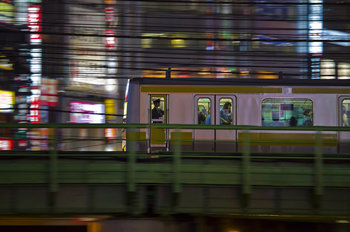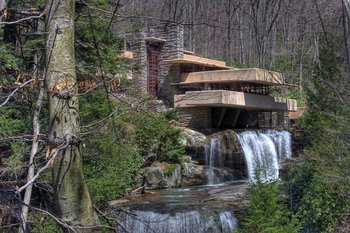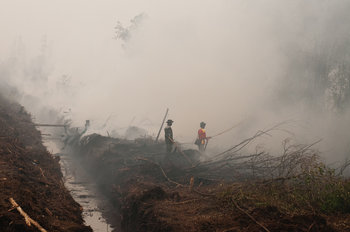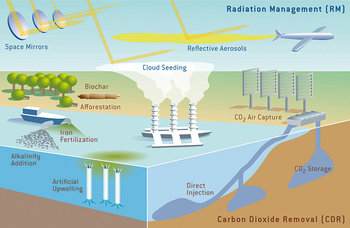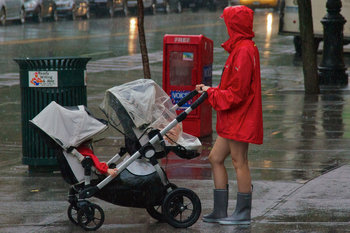Cities Related Comparisons
| |
Urban density is a measure of how many people live in an area such as population per square kilometer. This is used as an urban design metric as dense cities tend to use less resources per person such as land and energy. Properly designed, dense cities are walkable with access to public space, green spaces, employment, shopping, entertainment, cultural activities and schooling. In theory, urban density is a way to accomplish both a high quality of life and a low environmental impact.
Urban Density vs Vertical CitiesVertical cities, or the construction of high-rise buildings, is one tool for achieving urban density. It is also possible to achieve satisfactory levels of urban density in an area of buildings no higher than 4 or 5 storeys. Many urban designers and architects prefer this approach as being more conductive to a beautify city with a high quality of life. BrusselizationBrusselization is a term for the careless introduction of high-rise buildings into an area of smaller buildings where they stick out as an eyesore. This particularly applies to an area of historic buildings that is likely to remain predominantly low-rise for the indefinite future.The term extends from the uncontroled development of Brussels in the 1960s and 1970s that lead to random looking skyscrapers in otherwise attractive areas.
Big ThinkingSustainable urban design tends to have a culture of small thinking. Compactness and efficiency are often core goals. As such, gigantic and expensive high-rises are unappealing to many urban designers.|
| Urban Density | Vertical Cities | Definition | The population density of an area. | An area of high-rise buildings. | Relationship To Sustainability | A common technique to reduce resource consumption and improve quality of life. | Potential to improve urban density.Large buildings can potentially include extremely efficient systems such as deep water cooling that may be infeasible for smaller buildings. |
Cities
This is the complete list of articles we have written about cities.
If you enjoyed this page, please consider bookmarking Simplicable.
A few common urban design terms.
The difference between a green wall and green facade.
A list of sustainable urban design techniques.
The difference between active and passive design.
How a street canyon changes an urban environment.
An overview of parti pris in architecture with an example.
A list of common city issues.
A list of common community problems.
An a-z list of things in cities.
An list of the common types of city.
An overview of existential risk.
An overview of the precautionary principle.
A definition of comparative risk with examples.
The common types of energy efficiency.
The definition of external stakeholder with examples.
Common examples of an economic bad.
The definition of win-lose with examples.
An overview of climate engineering.
Why carbon soil is important.
TrendingThe most popular articles on Simplicable in the past day.
Recent posts or updates on Simplicable.
Site Map
© 2010-2023 Simplicable. All Rights Reserved. Reproduction of materials found on this site, in any form, without explicit permission is prohibited.
View credits & copyrights or citation information for this page.
|



